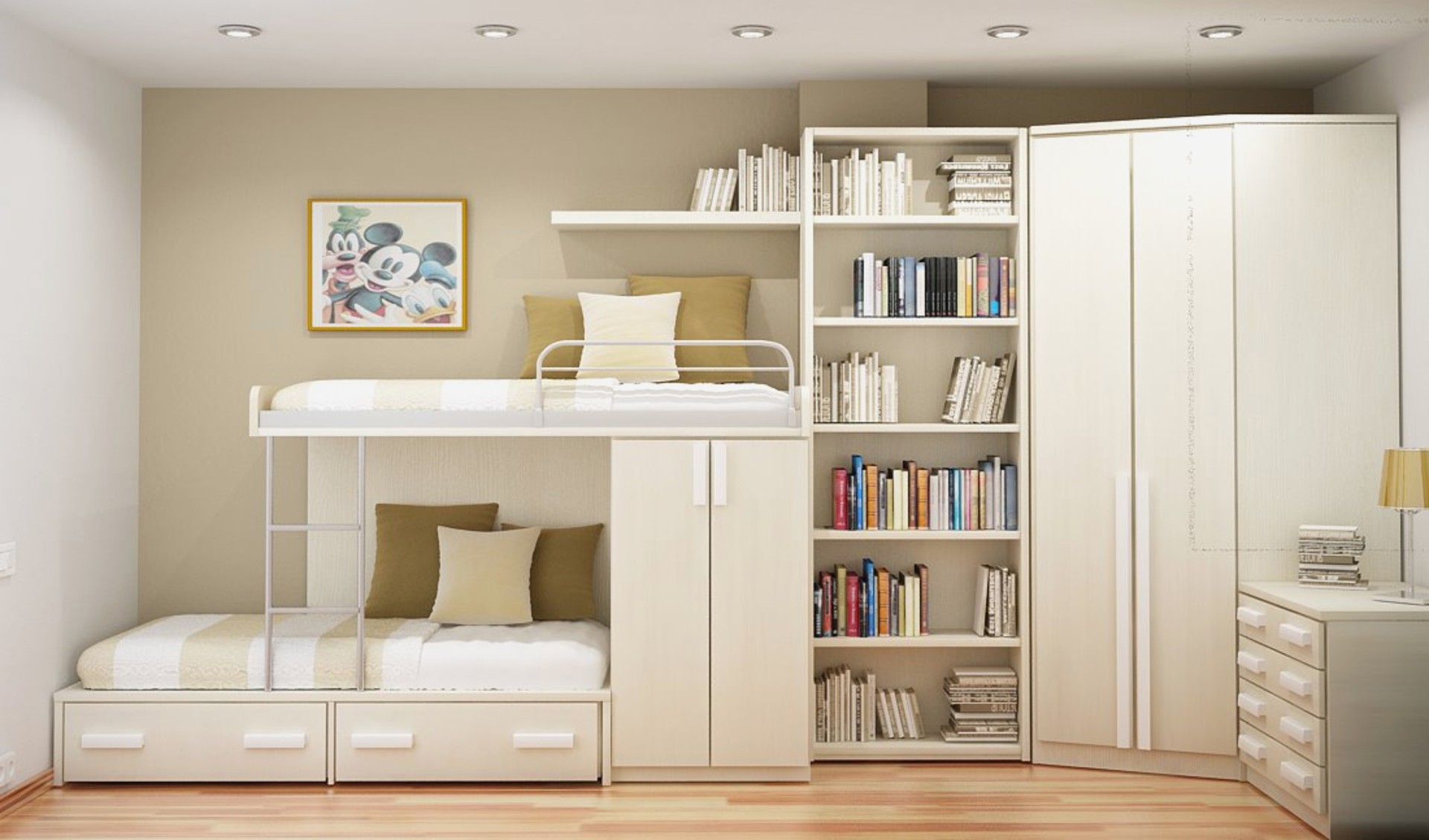What influences stairs to squeak? The commotion for the most part originates from free treads (the surface of the means that you stroll on) or risers (upright sheets that consolidate the treads). This is regularly because of common shrinkage of the wooden stair segments after some time. The cement that was initially used to tie the risers and treads together may likewise have fizzled.
There are a few techniques for taking care of the means to decrease or dispense with the squeaking. The most ideal path is to work from underneath the staircase, as the outcomes won’t show and you can more often than not make a more grounded repair. On the off chance that this isn’t conceivable you should handle the issue from the opposite side.
Repairing squeaky stairs from above
There are three fundamental techniques for taking care of free stair parts:
- Screw the treads down
The most ideal method for affixing the treads safely to the risers is by screwing them down. Three screws for each tread is regularly enough. Bore pilot gaps through the tread in accordance with the riser, in a perfect world utilizing No.8 x 38mm countersunk screws, at that point drive in the screws beneath the surface of the tread. On the off chance that there is no stair cover to shroud flaws, hide the screws with coordinating wood filler.
- Nail down free treads
A basic repair is to pound nails into the edge of the tread at an essential issue where it associates with the riser. For the best hold, embed the nails in sets with the goal that they are calculated towards each other over the creaky spot. Bore pilot gaps initially to abstain from part the wood, at that point drive the nails beneath the surface and cover with wood filler.
- Paste on a trim
Take a stab at including a bit of quadrant forming (molded to shape a quarter hover) to give the tread additional help. You can anchor it to the best or base of the riser, or both. For the best outcomes, stick the trim to both the tread and the riser. This strategy is more stylishly satisfying than utilizing screws or nails – in any case, if your stairs are uncarpeted you should add the moldings to each progression, not only the creaky ones, with the goal that they all appear to be identical.
Repairing squeaky stairs from underneath
In the event that you can get underneath the staircase you might have the capacity to complete more compelling repairs – however make sure to wear eye insurance as you will invest a great deal of energy looking upwards. There are different choices:
- Embed squares or sections
A decent method for reinforcing the join amongst tread and riser is to utilize little triangular wooden squares, known as paste squares. Position a square in each edge of the progression under the tread and against the riser, and paste into put. Secure with screws – drive two upwards, into the tread, and two on a level plane, into the riser. In the event that conceivable, get a partner to remain on the tread while you drive in the screws.
On the other hand you can anchor little rectangular squares of wood, known as string hinders, to the edges of the means to affix the treads to the strings (supporting sheets that keep running at the edge of the stairs). On the off chance that essential, you can utilize these notwithstanding the paste obstructs for additional quality and unbending nature.
- Supplant wedges
Ensure that the wooden wedges – which are utilized to bolt the stair treads and risers into their coordinating openings – haven’t dropped out or started to slip. Supplant any absent or harmed wedges and paste free ones over into put before tapping them immovably home with a hammer.
Little ‘slip’ wedges, or shims, are another successful method for fixing the joints amongst risers and treads. The wedges ought to be around 30mm long and 3mm thick, decreasing down to a point. Paste into put, at that point utilize a sharp etch to shave off any projecting finishes.


